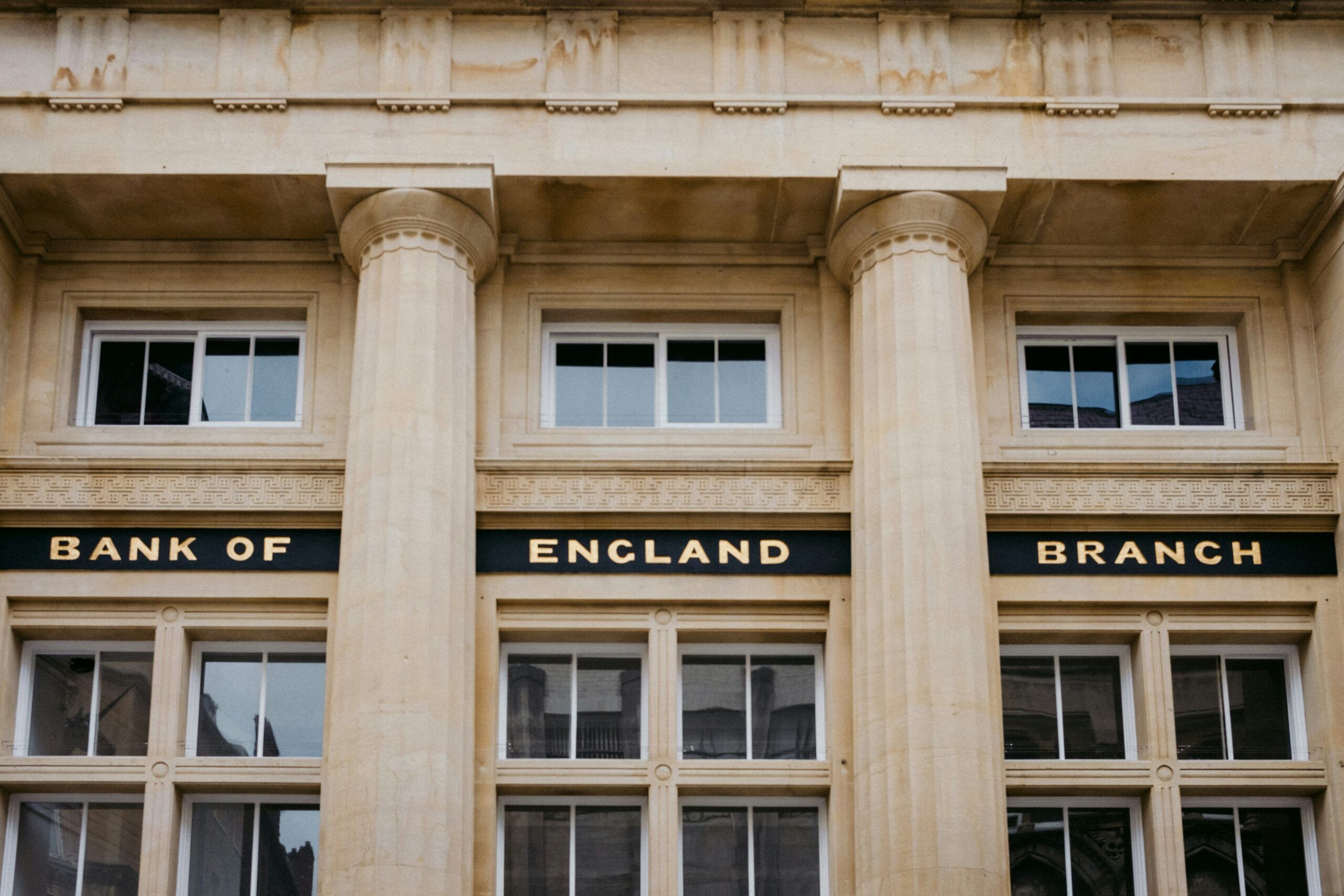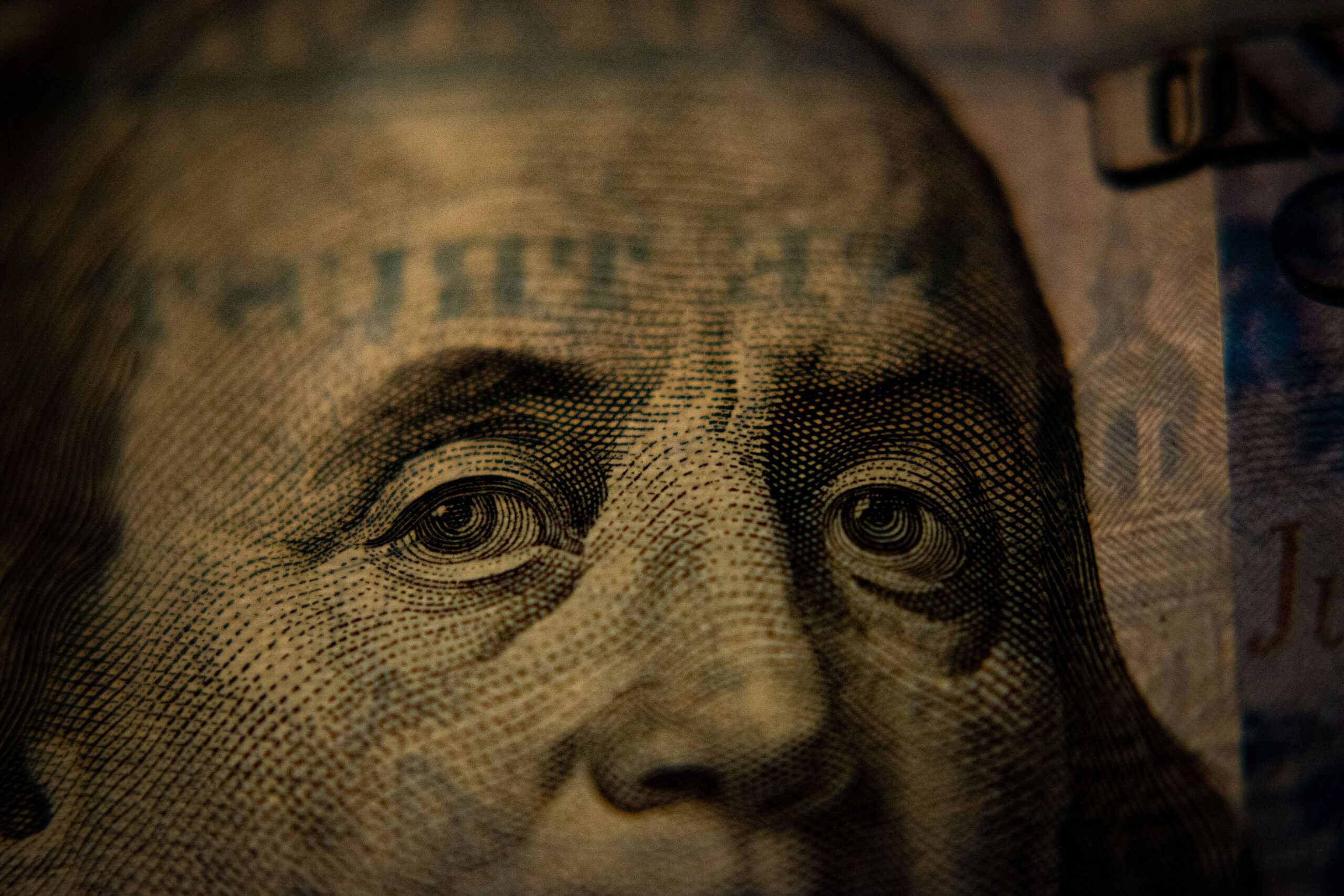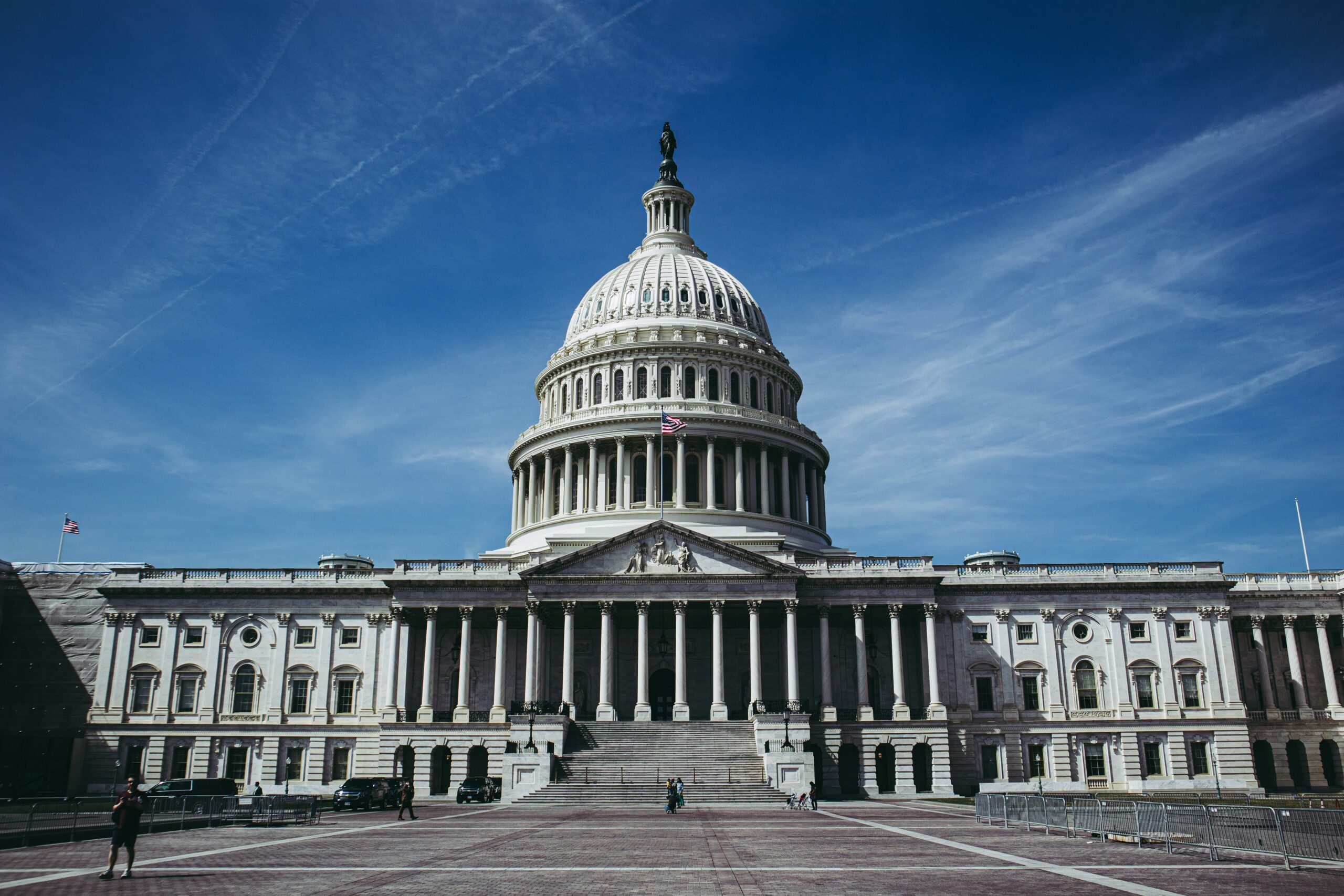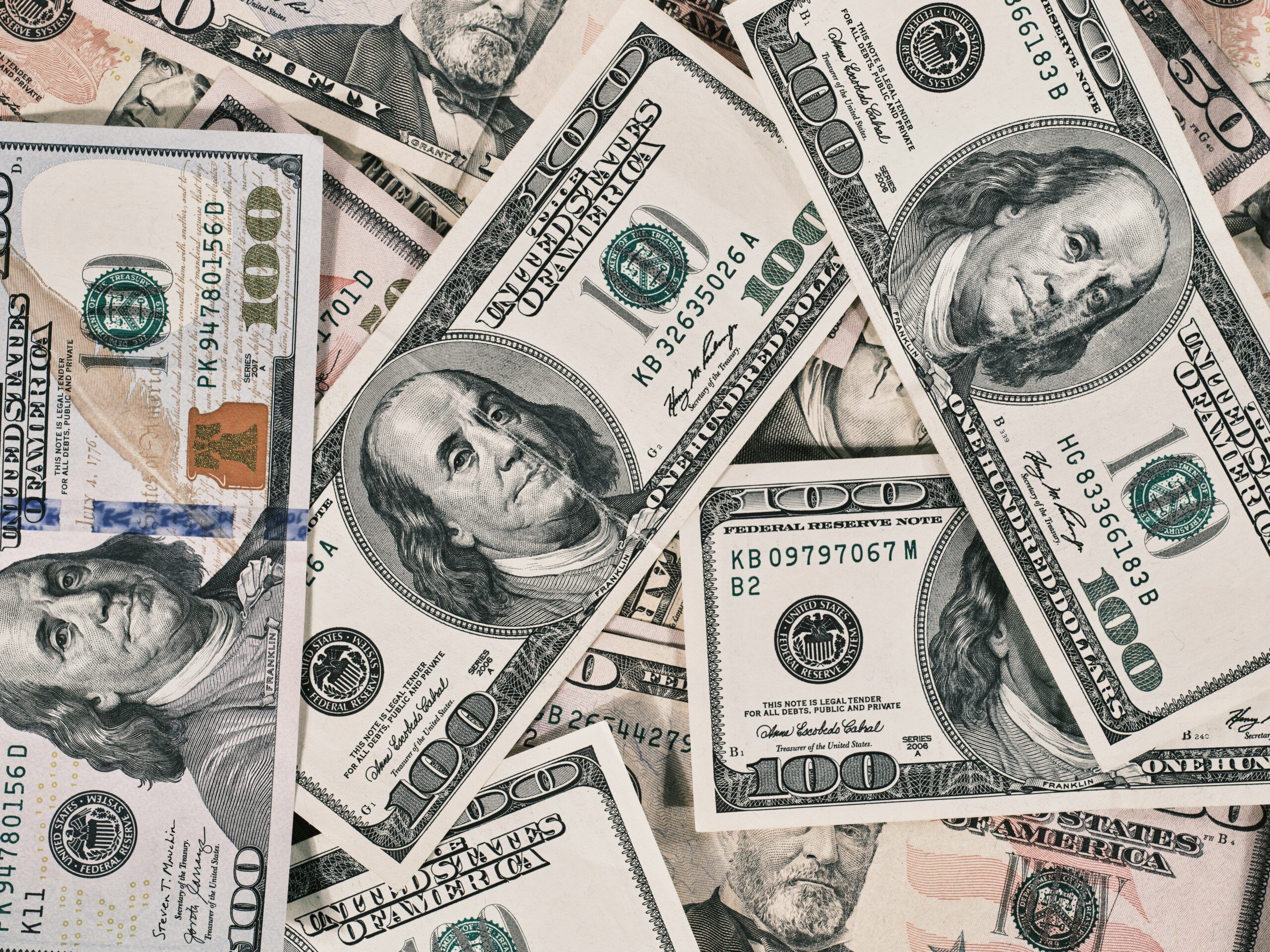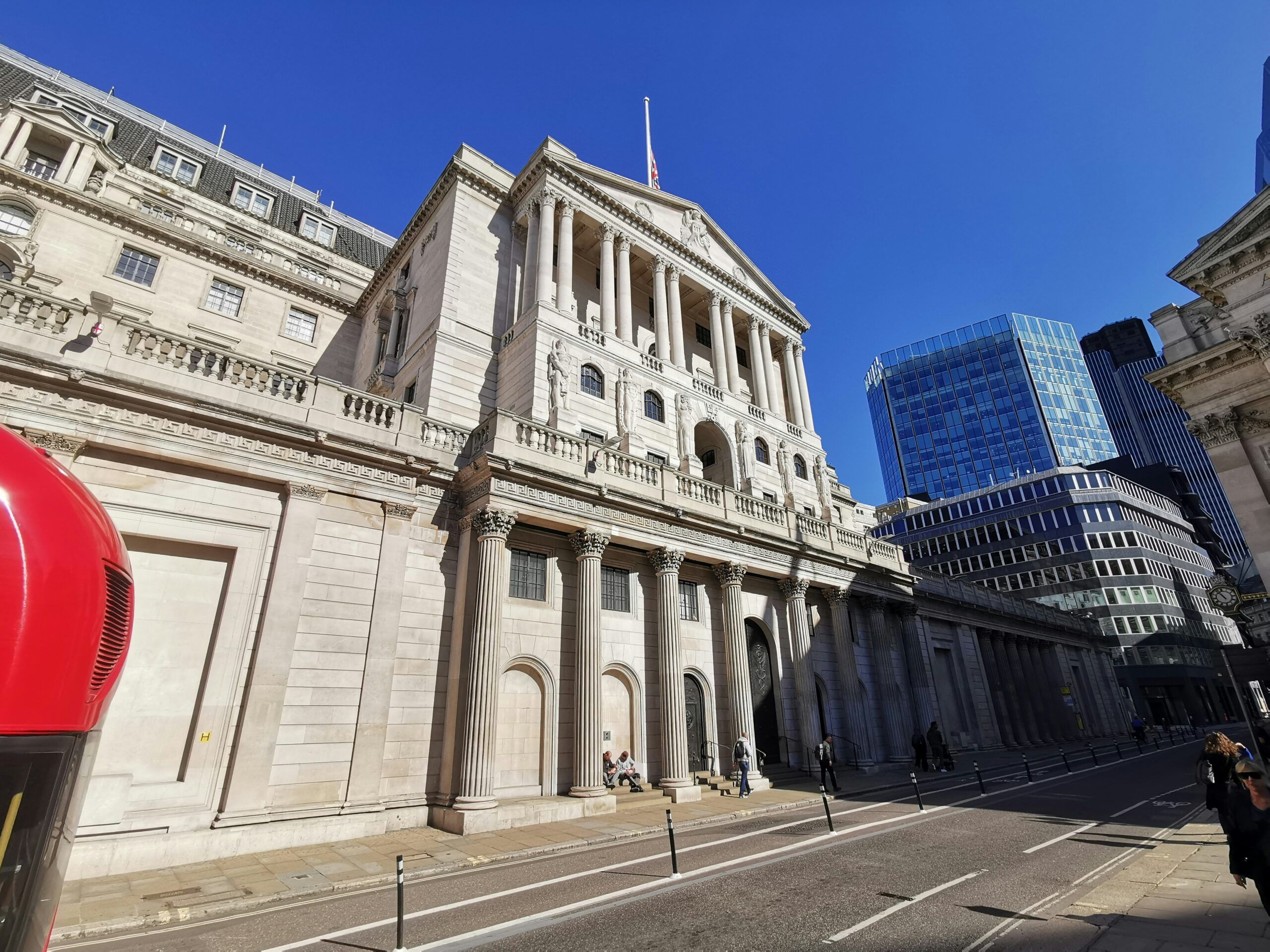Interest Rates and Bank Rate Decisions – What They Mean for Your Loan Facility
For any business engaging in Secured Lending through facilities like Collateral Transfer, monitoring the central bank’s Base Rate decision is paramount. The official Bank Rate set by the Bank of England (or the equivalent key rate by the ECB, SNB, etc.) is the foundation upon which your borrowing costs are ultimately built.
Understanding this link is essential for effective Contract Fee Structures and accurate financial forecasting.
The Ripple Effect of the Base Rate
The Bank Rate is the key rate that influences the cost at which commercial banks can access central bank money and short-term market funding. Changes to this rate create a direct, cascading effect across the entire financial system:
- Cost of Funds: When the central bank raises the Base Rate, it becomes more expensive for commercial lenders to obtain funds. This increased cost is then passed on to corporate borrowers.
- Benchmark Rates: Most corporate loan facilities, especially variable-rate loans, are priced as a margin (or spread) over a recognized market benchmark, such as EURIBOR or SOFR. These benchmark rates tend to move in close correlation with the central bank’s decision.
- Lending Appetite: Higher interest rates increase the risk of borrower default, causing commercial banks to tighten their lending criteria and potentially reduce the amount of Business Finance they offer, even for secured deals.
How the Rate Impacts Your Collateral Transfer Costs
When accessing capital through a Collateral Transfer facility, you typically face two primary, separate costs:
1. The Collateral Transfer Contract Fee (Relatively Stable)
The Contract Fee is the annual charge paid to the Collateral Provider for the use of the Bank Guarantee (BG) or Standby Letter of Credit (SBLC).
- This fee is generally negotiated and relatively insensitive to short-term rate moves, but over longer horizons, providers may reprice in light of the rate and credit environment.
- It is typically a fixed percentage of the collateral’s face value for the duration of the initial contract.
- Note on Structure: While the Contract Fee is primarily influenced by market demand and the provider’s rating, structures exist (as one possible arrangement) where the fee for subsequent years is fixed as a percentage over a benchmark rate, introducing an element of market rate influence.
2. The Loan Interest Rate (Fixed or Variable)
This is the actual interest you pay on the loan or line of credit secured against the BG.
- Variable Loans: Interest rates are often calculated as Margin + Benchmark Rate (e.g., EURIBOR). When the central bank adjusts the Base Rate, the benchmark rate usually follows, and your annual loan cost changes accordingly.
- Secured Advantage: Because the loan is secured by institutional collateral, the margin added by the lender is typically lower when strong collateral is in place than for an unsecured loan. This is one of the key benefits of using a Bespoke Collateral Funding Solution.
IntaCapital Swiss specialises in creating sophisticated Contract Fee Structures that ensure full transparency regarding these two cost elements.
Navigating Rate Changes in International Finance
Monitoring the Bank Rate allows clients to plan the optimal time for their Loan Facility negotiation and helps inform the choice between a fixed or variable interest rate.
By utilizing high-grade collateral, you gain Risk Mitigation and access to the most competitive rates available in the market. Contact our experts today to ensure your funding package is optimally structured for the current economic climate.

